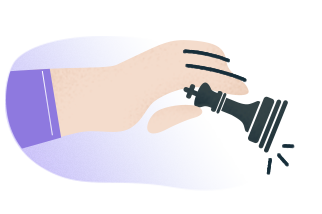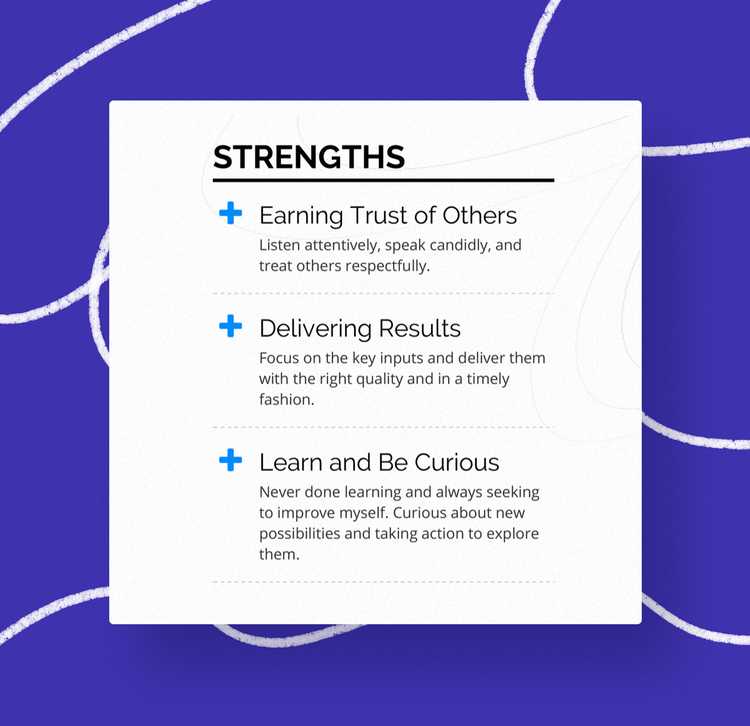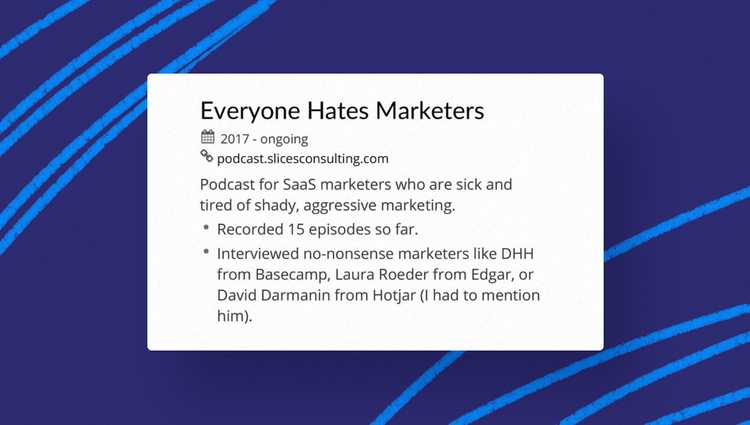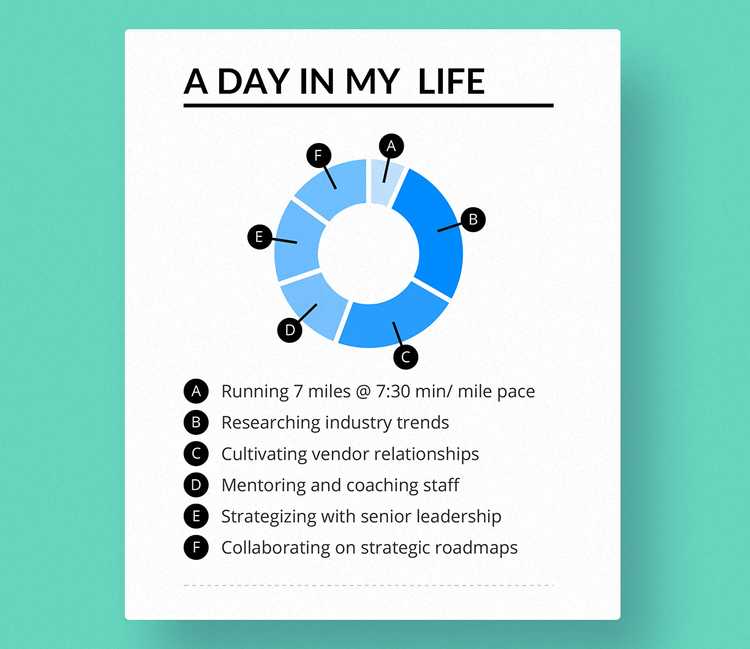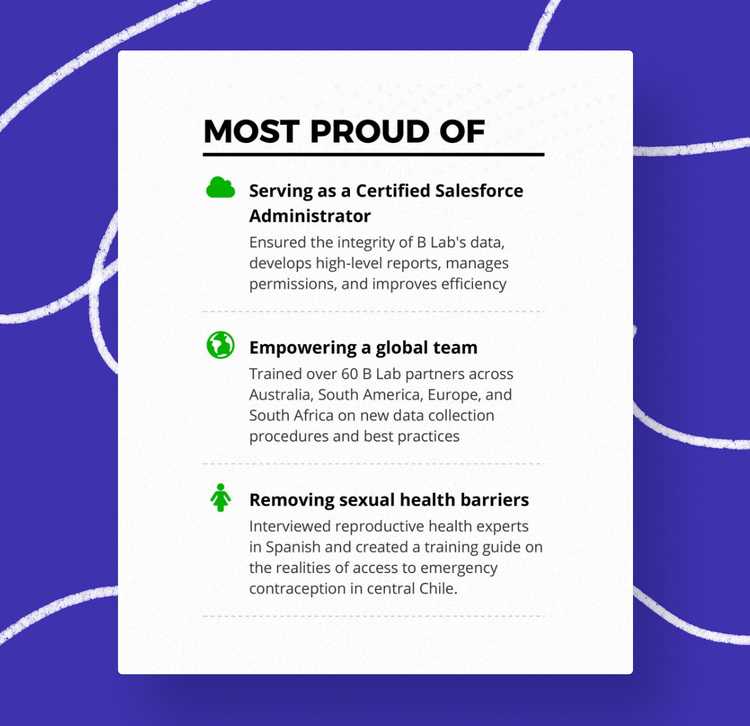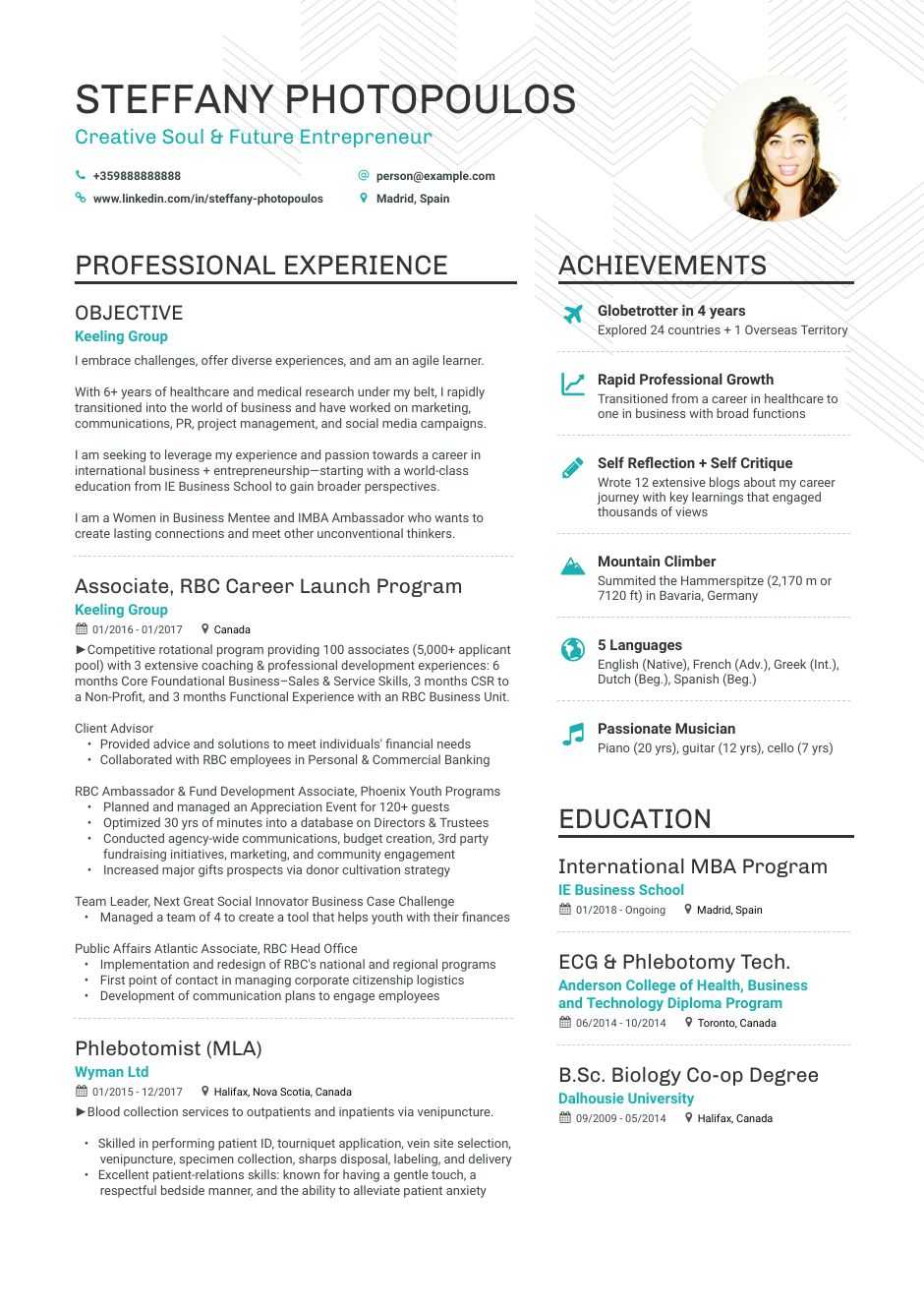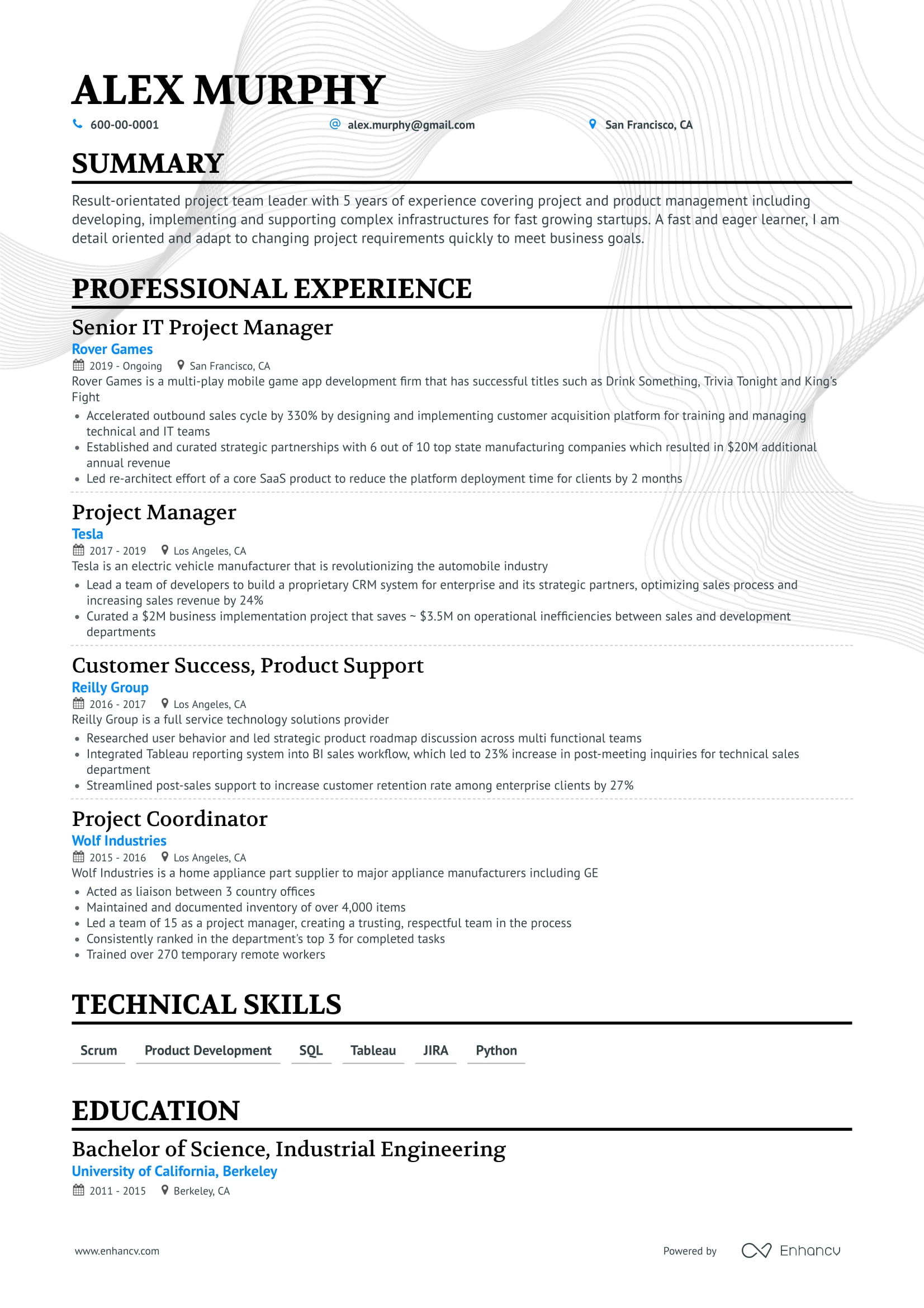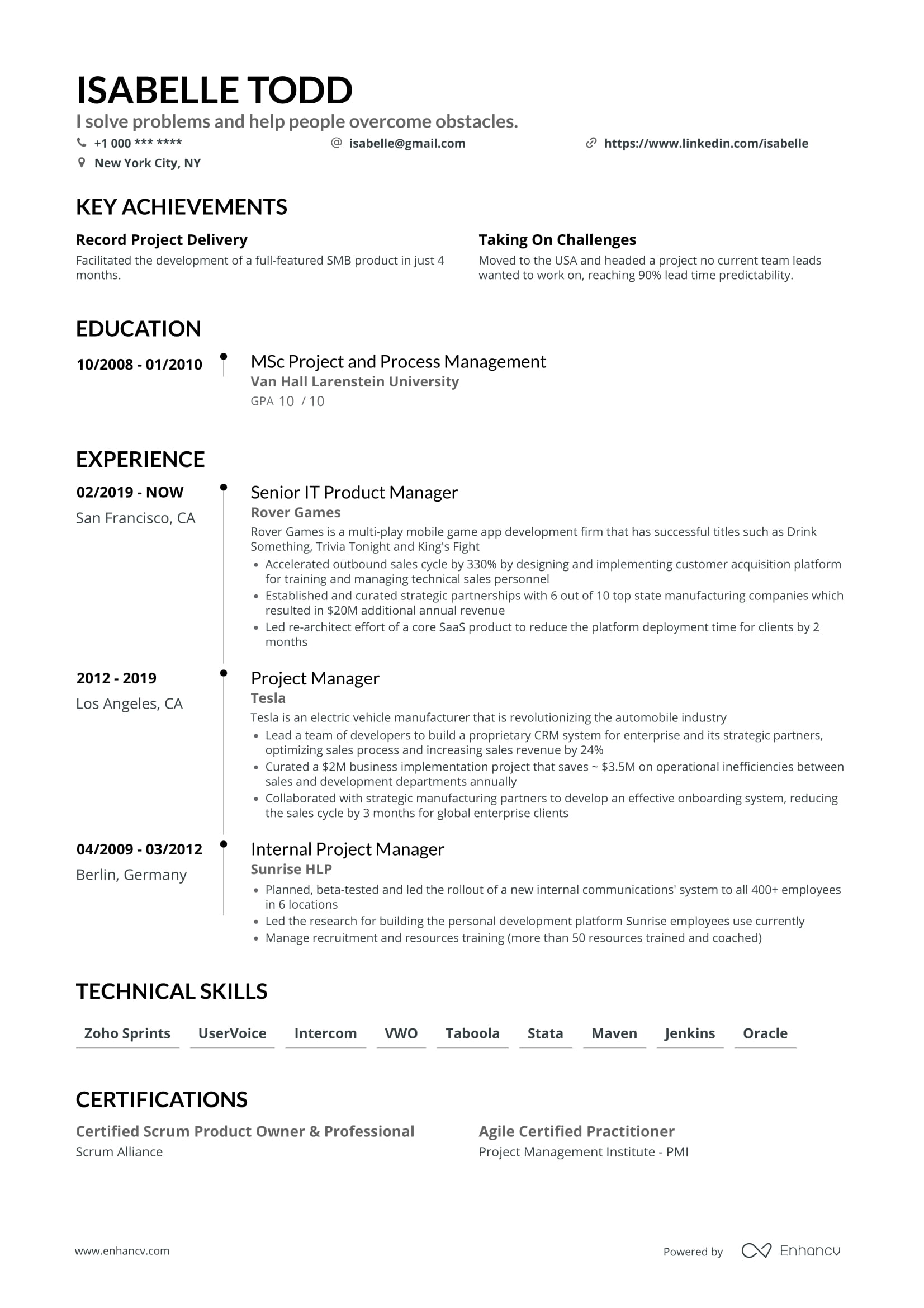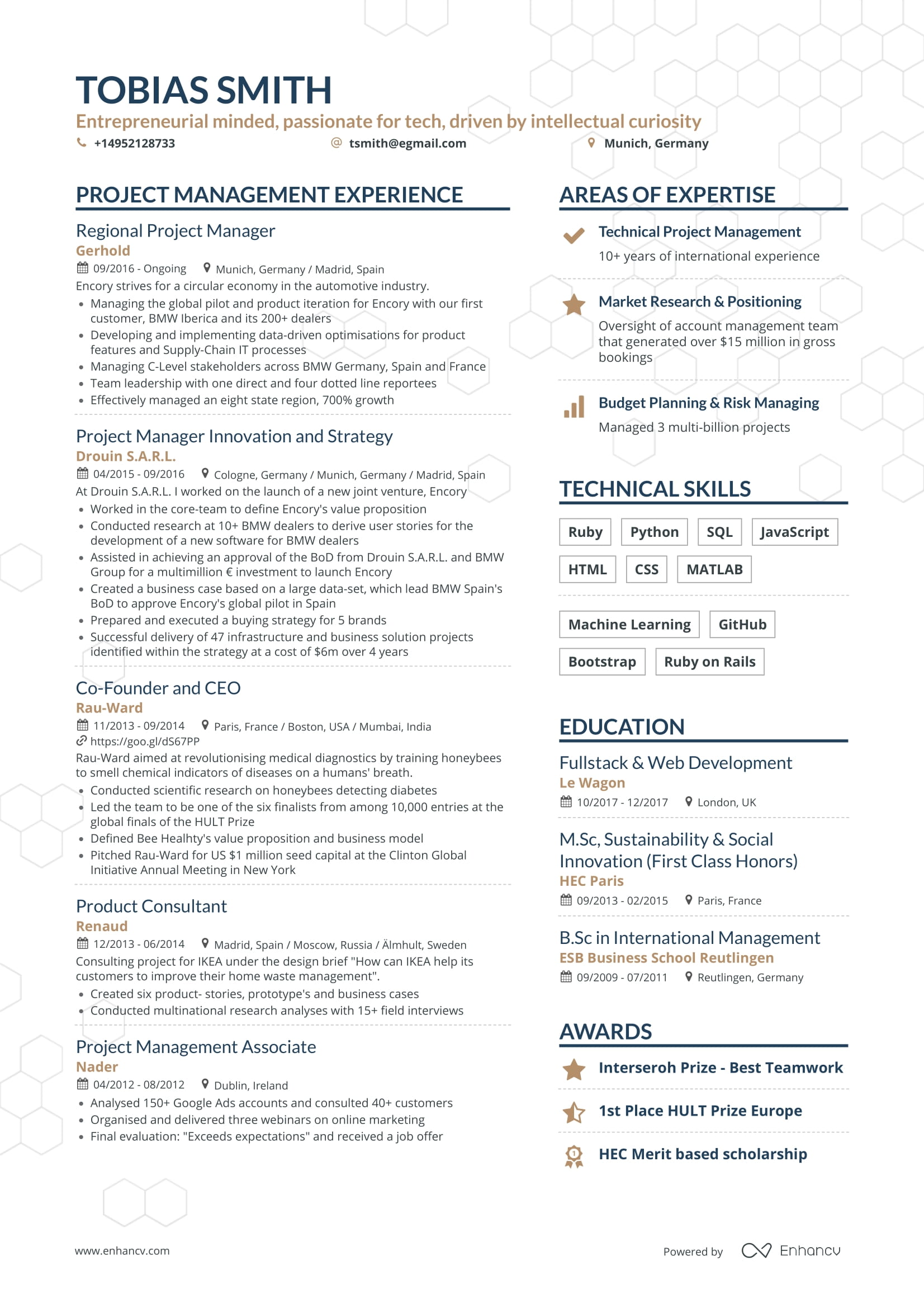Making a career change takes a lot of courage and determination, but writing your resume should be a piece of cake. See how other professionals described their experience when making a career shift with our career change resume example.
What is the best practice to write an experience section for a Career Change resume?
What every career change resume needs to include is a strong list of professionally presented experience. Let’s take a look at how to do that.
Be Specific!
What do employers look at first when they get your resume? The experience section! So keep in mind that the rule of a thumb is to show rather than tell. Make each bullet point of your career change experience section count, mentioning the impact you had in your previous positions. Make sure every point is accompanied with a concrete example and action verbs. So don’t just say you’re great at something, demonstrate it.
Not just logical, but chronological too!
There are a couple of things to keep in mind when writing your career change experience section. As we already said, one of the key things is to be as specific as possible and quantify your bullets in the experience section. The next step is to start selecting which experience to include in your career change resume and how to order it. It's best to keep it chronological. That means starting from the most recent position and continue further down. Also, carefully select what experience you write down, and don't share everything you’ve ever done. The key here is to include only what a recruiter wants to see.
What's the average experience on resumes VS job description for a Career Change?
As you can see, the average experience required by employers for a career change job and the experience found in inside career change resumes is well balanced. To stand out from the other applicants, follow our guide and advice on how to write the best career change resume employers have ever seen.
Average Experience On Resumes vs Job Offers
1yr11mo
avg. experience on resumes
vs.
2yrs0mo
avg. experience on job offers
Source: enhancv.com
Cause and Effect - Tell them how you made a difference!
Imagine you're at an interview. They ask you a question: What difference did you make in your previous company? The truth is, majority of potential employers ask this. And if you put the answer in your career change resume, you'll be ahead of other applicants. Also, try to leave out all the buzzwords and only use sentences that really matter and make a difference in your career change resume. Otherwise you'll be risking looking just like any other average candidate.
Unique content ideas for a Career Change resume
Most recruiters read dozens (if not hundreds) of resumes a day. You need to make your career change resume stand out for the right reasons. That means showing who you are as a person, not just a professional. Recruiters and hiring managers are far more likely to remember a candidate who seems like genuine person and not just a list of previous jobs and duties. Do this by including a link to a compelling personal website, talk about your passions, or even share your favorite books.
Tell them what you’re proud of!
The Most Proud Of is a section we're not used to seeing in traditional resumes. But in 2022, give it a go! This section can help you stand out as a candidate and an individual. Include something interesting about yourself, show where your true passions are. You can share a story about overcoming hardship, learning an important lesson, or just a triumph you had that means a lot to you. This section is especially effective for the career change resume.
It can be quite tricky to write a Career Change resume. Following the golden rules and advice we shared in this guide will help you build a resume you will send with confidence.
